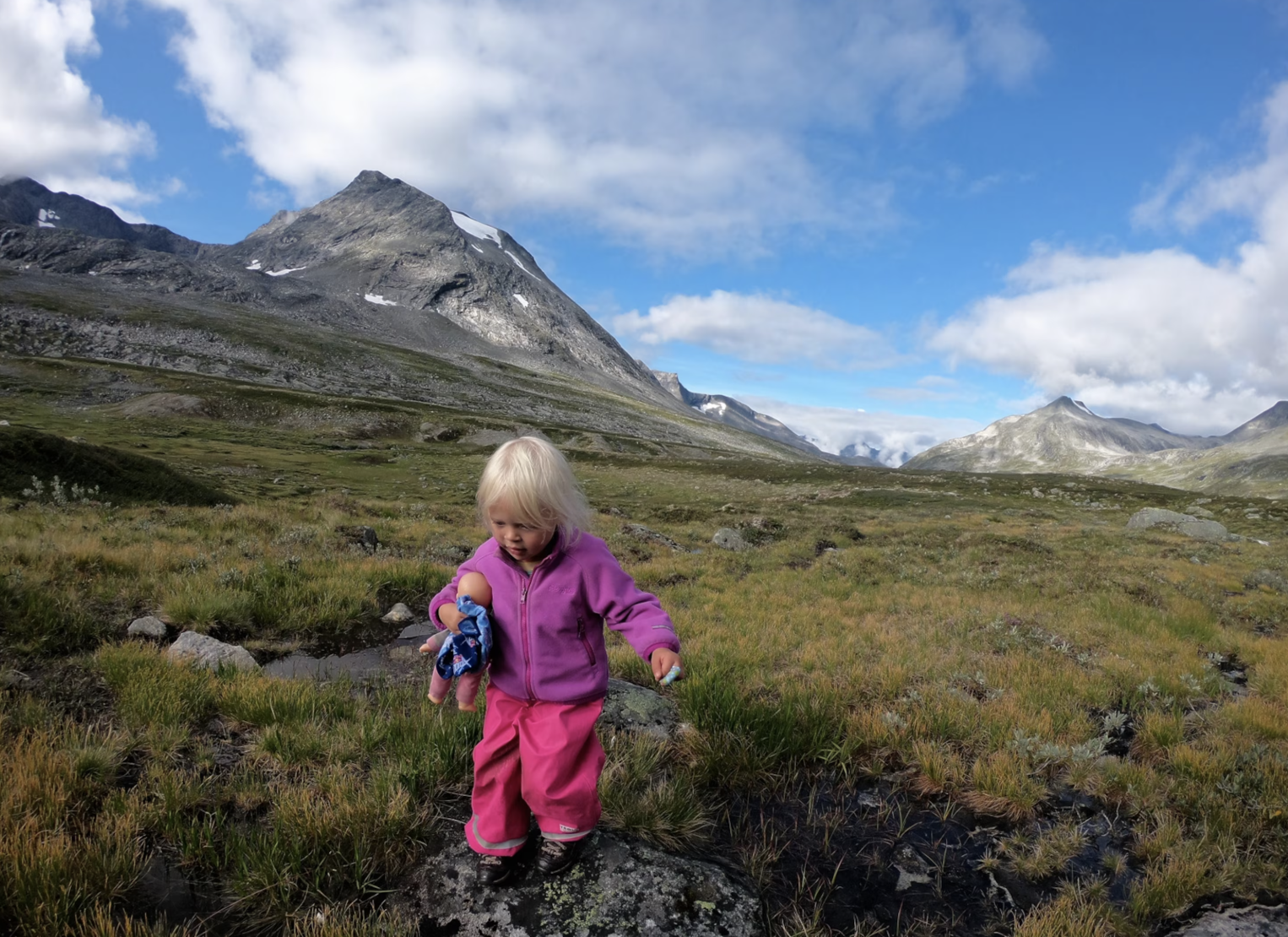Friluftsliv - the heart of Norwegian health and wellness
A member of the Sami community engages in traditional reindeer sledding, reflecting the deep-rooted connection between indigenous practices and the natural environment. Photo courtesy of campervannorway.com
The Norwegian term Friluftsliv (pronounced free-loofts-liv) translates roughly to "open-air life" or "outdoor living," but its meaning runs much deeper than a literal translation suggests. It embodies a profound cultural philosophy in Norway—one that prioritizes a strong, harmonious relationship with nature. For Norwegians, Friluftsliv is not just an activity; it is a way of life, a mindset that values simplicity, solitude, and connection to the natural world. This deep-rooted tradition shapes the national identity and promotes both physical and mental well-being.
The Meaning of Friluftsliv
Friluftsliv is more than hiking or camping; it refers to a lifestyle of regularly immersing oneself in nature, regardless of the season. It can mean skiing in the winter, kayaking in the fjords, berry-picking in the forests, or simply taking a quiet walk in the woods. Importantly, Friluftsliv is not about extreme adventure or conquering nature—it’s about coexisting peacefully with it. It emphasizes slowing down, being present, and appreciating the outdoors without the need for structured goals or material reward.
Mina Floriana Read, accompanied by her father Alexander, embarks on a hike in Dovrefjell-Sunndalsfjella National Park. This image exemplifies how Norwegians introduce children to the joys of nature from an early age. Photo courtesy of National Geographic.
Cultural Importance and Everyday Practice
In Norway, Friluftsliv is a national pastime deeply embedded in daily life. It is encouraged from a young age; schools often include outdoor education, and families regularly take weekend trips into the mountains or along the coast. Norwegians commonly own cabins (hytter) in rural areas where they retreat for peaceful weekends surrounded by nature. Public access to nature is protected by law under the concept of allemannsretten—the "right to roam"—which allows everyone to freely explore forests, mountains, and coastlines.
Norwegians embrace the outdoors year-round, including in the depths of winter. The phrase "there’s no such thing as bad weather, only bad clothing" reflects a resilient and joyful attitude toward nature’s elements, reinforcing that Friluftsliv is not just for sunny days but an enduring part of life.
Friends gather by a serene lake, demonstrating how Friluftsliv encompasses social connections forged in natural settings. Photo courtesy of AFAR Media.
Historical Roots
The concept of Friluftsliv can be traced back to the 19th century, when the term was popularized by Norwegian playwright and poet Henrik Ibsen. In his 1859 poem On the Heights, Ibsen used Friluftsliv to describe the spiritual and philosophical benefits of being in nature. However, the lifestyle it describes has existed far longer, born out of necessity in Norway’s rugged, mountainous landscapes. Historically, Norwegians had to navigate and rely on the outdoors for survival—hunting, fishing, farming, and traveling through harsh terrain. Over time, these activities transformed from survival tactics into cherished traditions.
Author Annie Daly embarked on a journey to Norway, alongside several other captivating locations, and thoughtfully shared the deeper meaning of friluftsliv in her insightful book, Destination Wellness. This exploration of outdoor living and connection to nature can be further discovered in detail through her engaging writing. You can easily find this book available for purchase on Amazon.
Destinations and Landscapes
Norway’s diverse and stunning natural landscapes offer countless opportunities to experience Friluftsliv. The fjords of western Norway, the northern lights of the Arctic Circle, the forests of Østlandet, and the high mountains of Jotunheimen all invite exploration. National parks, protected areas, and thousands of kilometers of hiking trails make it easy for Norwegians and visitors alike to engage with the land. Popular destinations include the Lofoten Islands, Rondane National Park, and the Hardangervidda plateau.
A hiker traverses rugged terrain, showcasing the adventurous spirit embedded in Norwegian culture. Photo courtesy of Euronews.com
Health and Wellness Benefits
Modern science increasingly supports what Norwegians have known for centuries—that time in nature supports physical and mental health. Friluftsliv encourages movement, fresh air, and exposure to sunlight, which benefit cardiovascular health and immune function. Equally important are the mental health effects: stress reduction, improved mood, increased focus, and decreased symptoms of anxiety and depression. The meditative quality of walking in the forest or listening to a quiet stream aligns with mindfulness practices, contributing to overall well-being.
photo courtesy of Unsplash
In a world that is increasingly urbanized and digitally connected, Friluftsliv offers an antidote to modern stress. It teaches the value of simplicity, resilience, and balance—a reminder that happiness can be found not in possessions or status, but in a quiet moment surrounded by trees, wind, and sky.
Photo courtesy of Unsplash
Friluftsliv is more than a Norwegian tradition—it is a philosophy of living in harmony with the natural world. Rooted in history and carried through generations, it continues to define how Norwegians relate to their environment and to themselves. As the world seeks more sustainable and healthful ways of living, the values of Friluftsliv—simplicity, presence, and connection with nature—offer timeless guidance for all of us.







